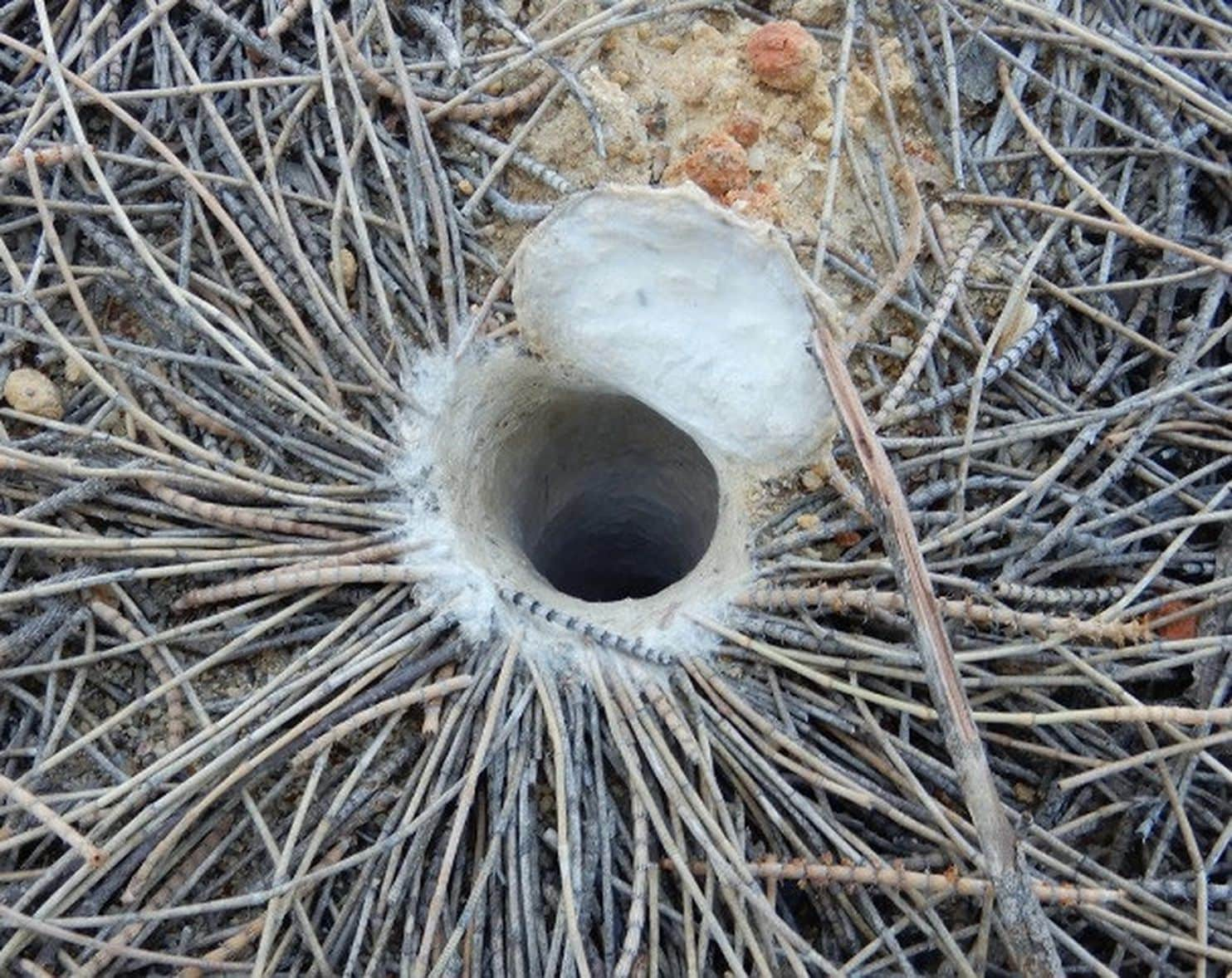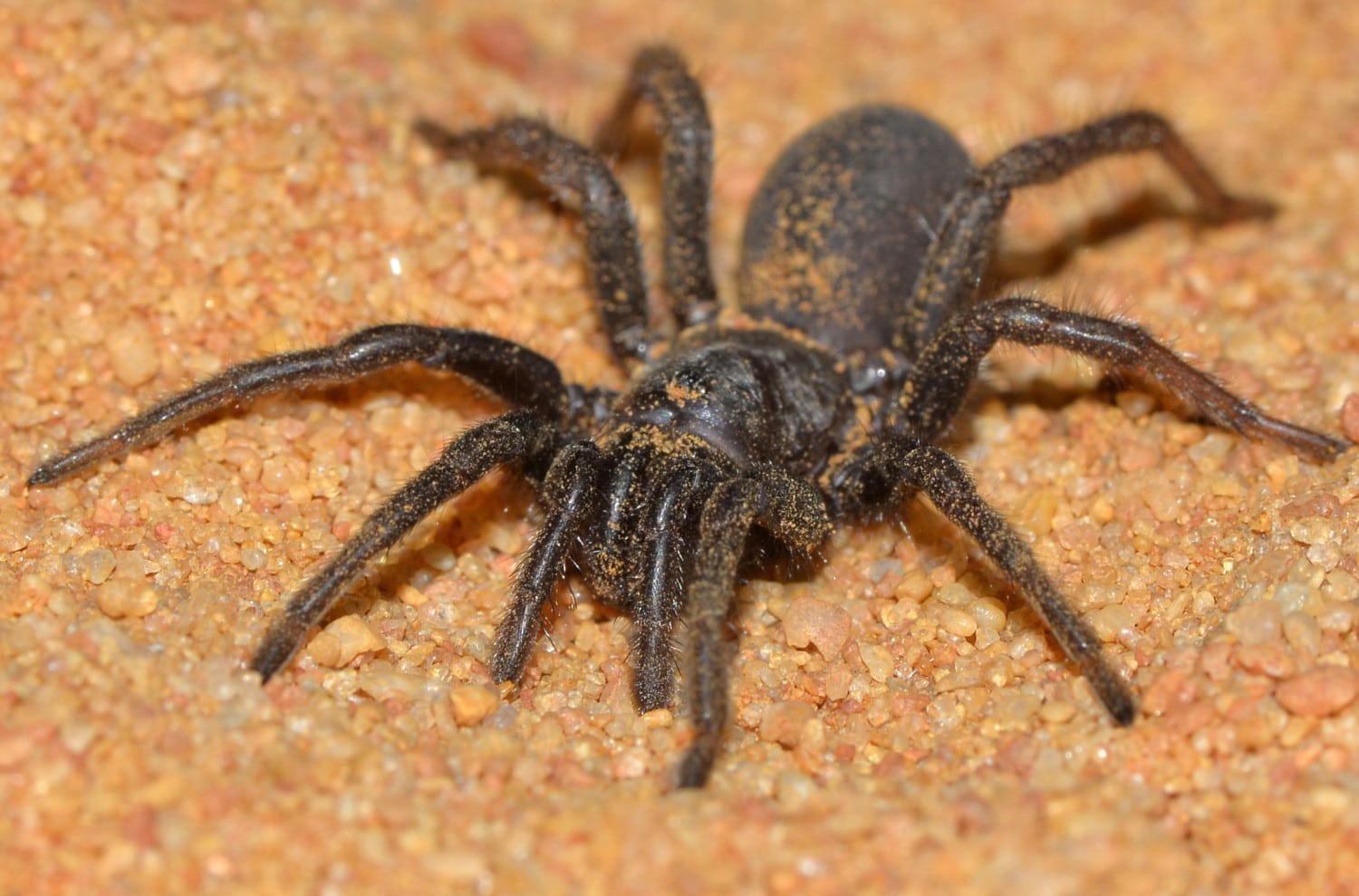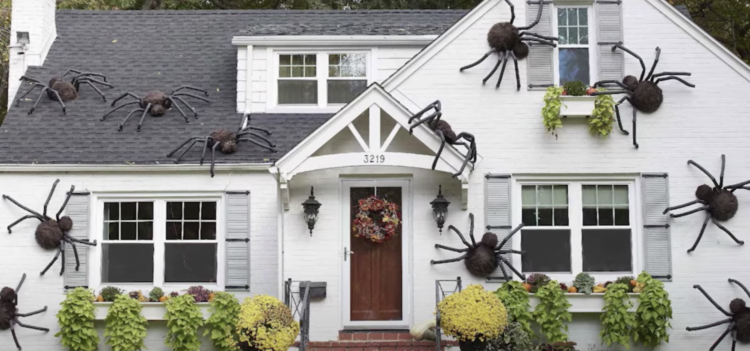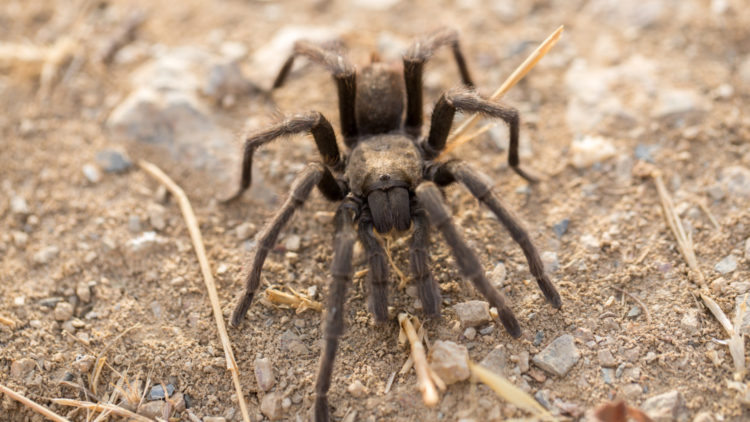Meet the world’s oldest spider—who lived to age 43

In April 2018, the world’s oldest known spider died at the age of 43. While making it to only 43 years of age would be considered an untimely death for us humans, this female trapdoor tarantula living in Western Australia’s Central Wheatbelt Region lived 15 years longer than the previous record-holder for the world’s longest-living spider, a tarantula in Mexico that died at age 28.
The new record holder was first discovered by researchers during a spider population study in 1974, and has been monitored ever since. Dubbed Number 16, the long-lived tarantula eventually died due to a wasp sting. Trapdoor spiders are common in Australia and have a typical lifespan of between five and 20 years, making Number 16 quite the outlier among her kind.
“To our knowledge this is the oldest spider ever recorded, and her significant life has allowed us to further investigate the trapdoor spider’s behavior and population dynamics,” Australian arachnologist Barbara York Main, who studied the spider population beginning in 1974 through to her retirement last year, said in a statement.
The trapdoor spiders’ longevity is believed to be due in part to their living environment, as well as certain behavioral traits, like their tendency to stay in one place.
“Through Barbara’s detailed research, we were able to determine that the extensive life span of the trapdoor spider is due to their life-history traits, including how they live in uncleared, native bushland, their sedentary nature and low metabolisms,” Leanda Mason, lead author of the study and a Ph.D. student at the School of Molecular and Life Sciences at Curtin University, explained in the statement.
Like all female trapdoor spiders, Number 16 spent her entire life in the same burrow, similar to the one pictured below:
The researchers say that the trapdoor spiders’ judicious use of resources and fierce protection of their environments may provide a lesson to humans on the importance of sustaining our environment.
“In contrast, humans are too rushed and unsustainable at the rate we consume and destroy resources,” Mason told National Geographic.






